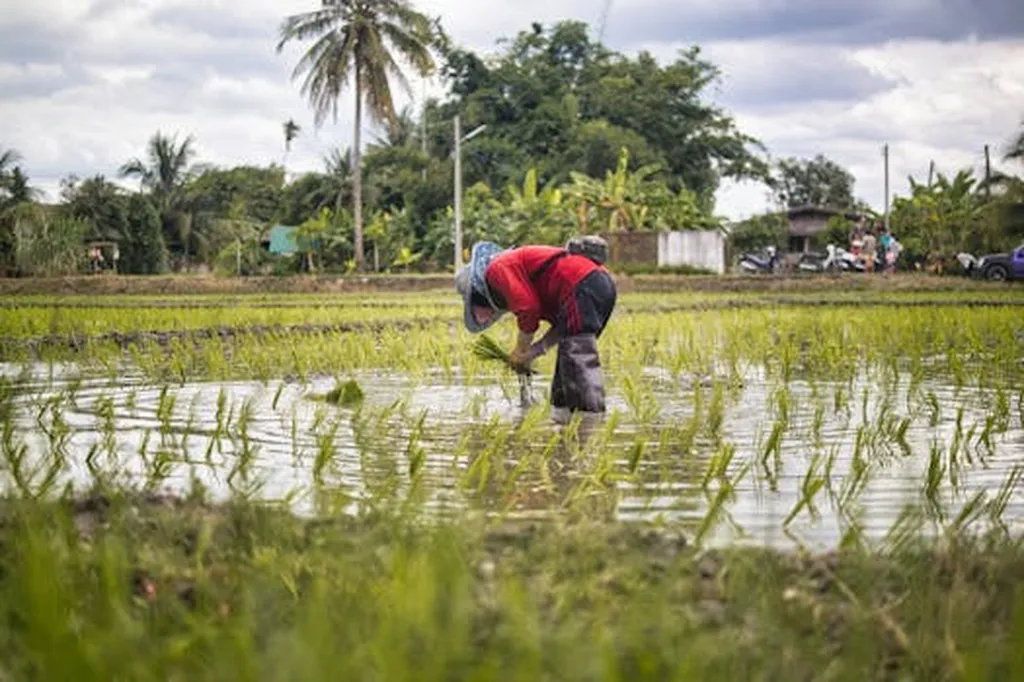In the heart of Romania, researchers are making waves in the world of agriculture with a novel approach to irrigation that could revolutionize water management in farming. Doru Anastasiu Popescu, a mathematician and computer scientist from the Pitesti University Center and the National University of Science and Technology POLITEHNICA Bucharest, has led a study that optimizes water distribution in grid-based irrigation systems using evolutionary algorithms. This innovative method promises to make irrigation systems smarter, more efficient, and more sustainable, with significant implications for the energy sector.
Popescu and his team have developed a model that simulates water distribution through strategically placed irrigation points, tailoring the water supply to the individual needs of each unit cell in an agricultural area. The goal is to minimize the difference between the water needed and the water delivered, all while reducing total water consumption. “We aimed to create a system that not only meets the water requirements of crops but also does so in the most efficient way possible,” Popescu explains.
The study, published in the journal ‘Technologies’ (translated from Romanian), demonstrates that the proposed method can reduce total water use by more than 50% compared to traditional full-activation scenarios. This is a game-changer for the agriculture industry, where water scarcity and efficiency are increasingly critical issues. By optimizing water distribution, farmers can reduce their water bills and environmental impact, while also improving crop yields.
The implications for the energy sector are equally significant. Agriculture accounts for a substantial portion of global water use, and the energy required to pump and distribute this water is considerable. By making irrigation systems more efficient, Popescu’s method can help reduce the energy footprint of agriculture, contributing to global efforts to combat climate change.
The model uses evolutionary algorithms, a type of artificial intelligence inspired by the process of natural selection. These algorithms allow the system to learn and adapt over time, improving its performance with each generation. “The dynamics of fitness over generations are analyzed, as well as the average behavior of deficit, surplus, and relative humidity,” Popescu notes. This adaptability makes the system highly versatile, capable of responding to the variability of soil and climatic conditions.
While the current study focuses on simulated scenarios, the researchers plan to incorporate real-time sensor data and field validation in future developments. This will further enhance the system’s accuracy and practical applicability, bringing it one step closer to widespread adoption.
The study provides a solid foundation for the development of smart irrigation systems that are not only efficient but also sustainable. As Popescu puts it, “The results highlight a relatively uniform distribution of delivered water and a stable convergence of the fitness function, demonstrating the efficiency of the proposed method in managing water resources in a sustainable way.”
In the face of climate change and growing global populations, the need for sustainable and efficient agricultural practices has never been greater. Popescu’s research offers a promising solution, one that could shape the future of irrigation and contribute to a more sustainable and energy-efficient world. As the agriculture industry continues to evolve, the integration of advanced technologies like evolutionary algorithms will play a pivotal role in meeting the challenges ahead.

